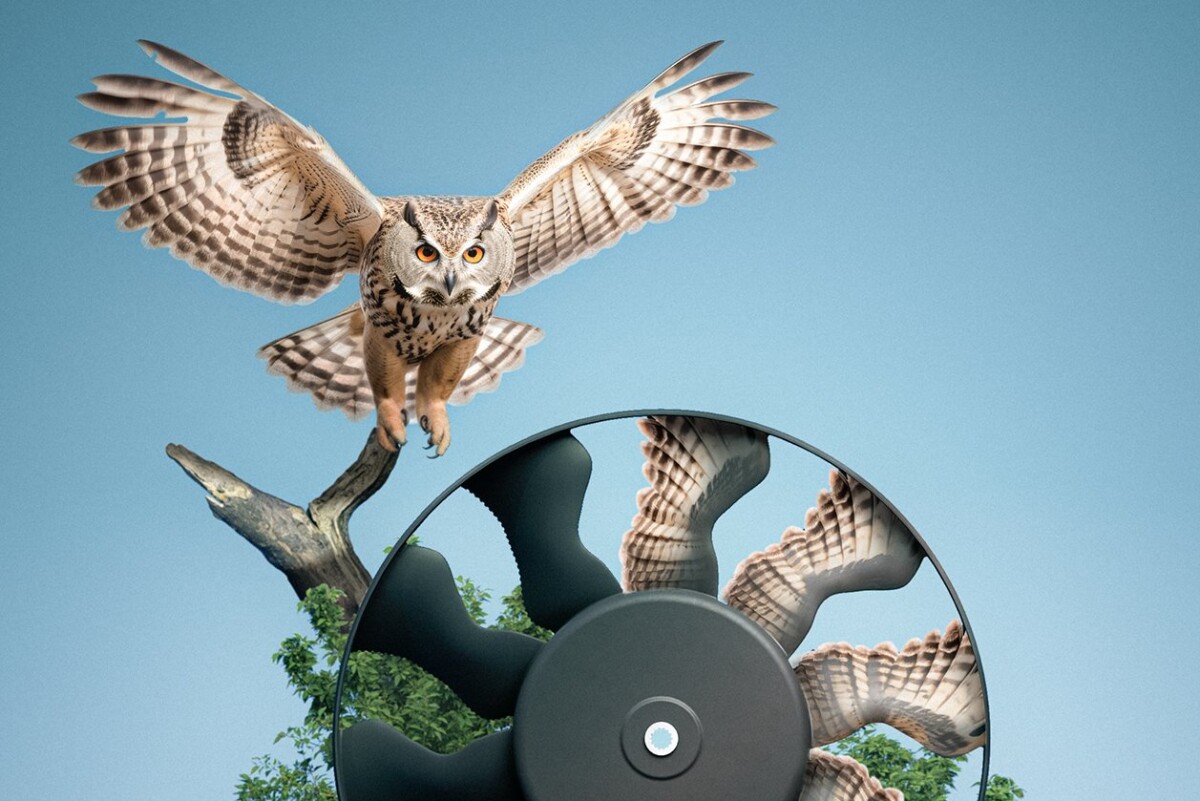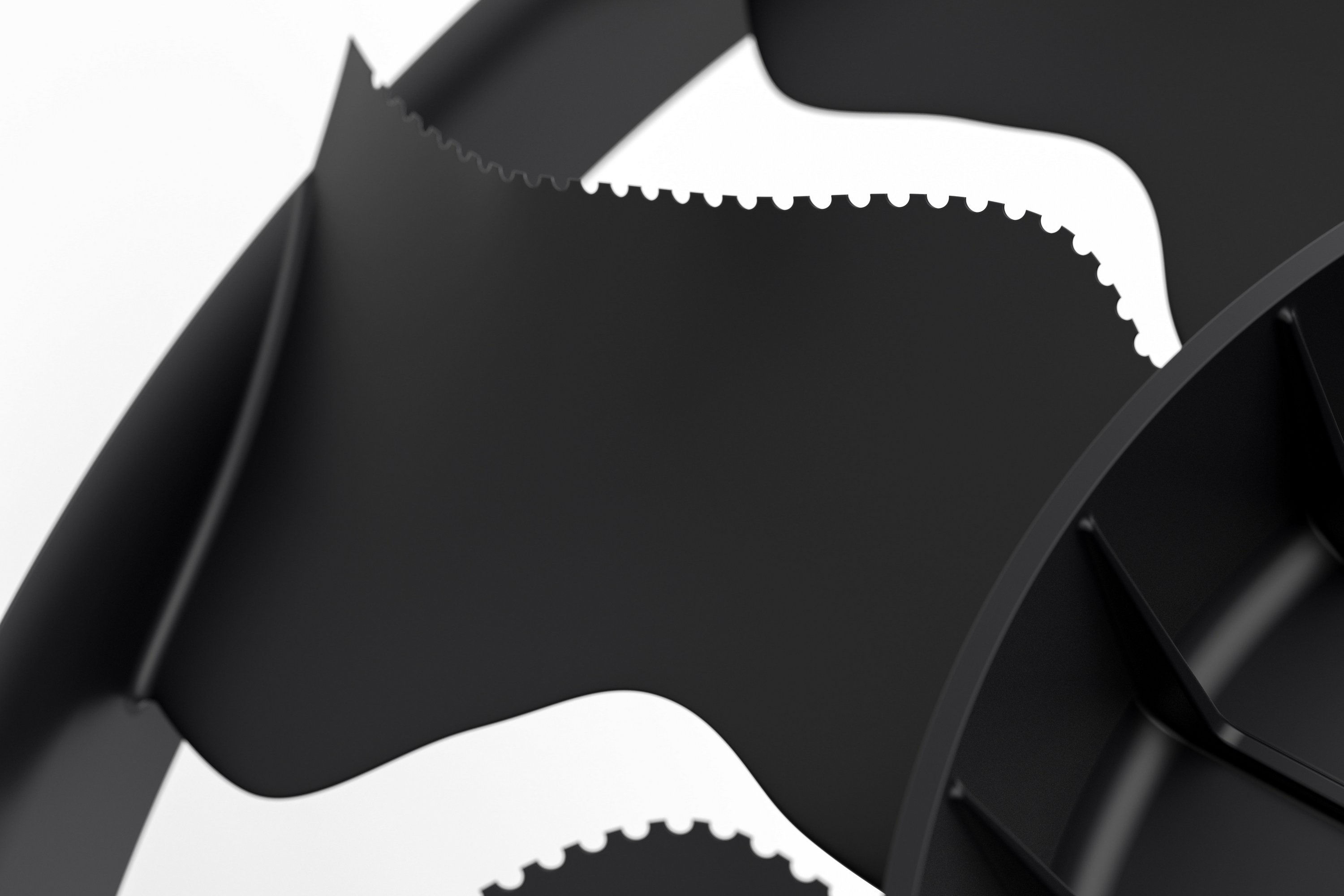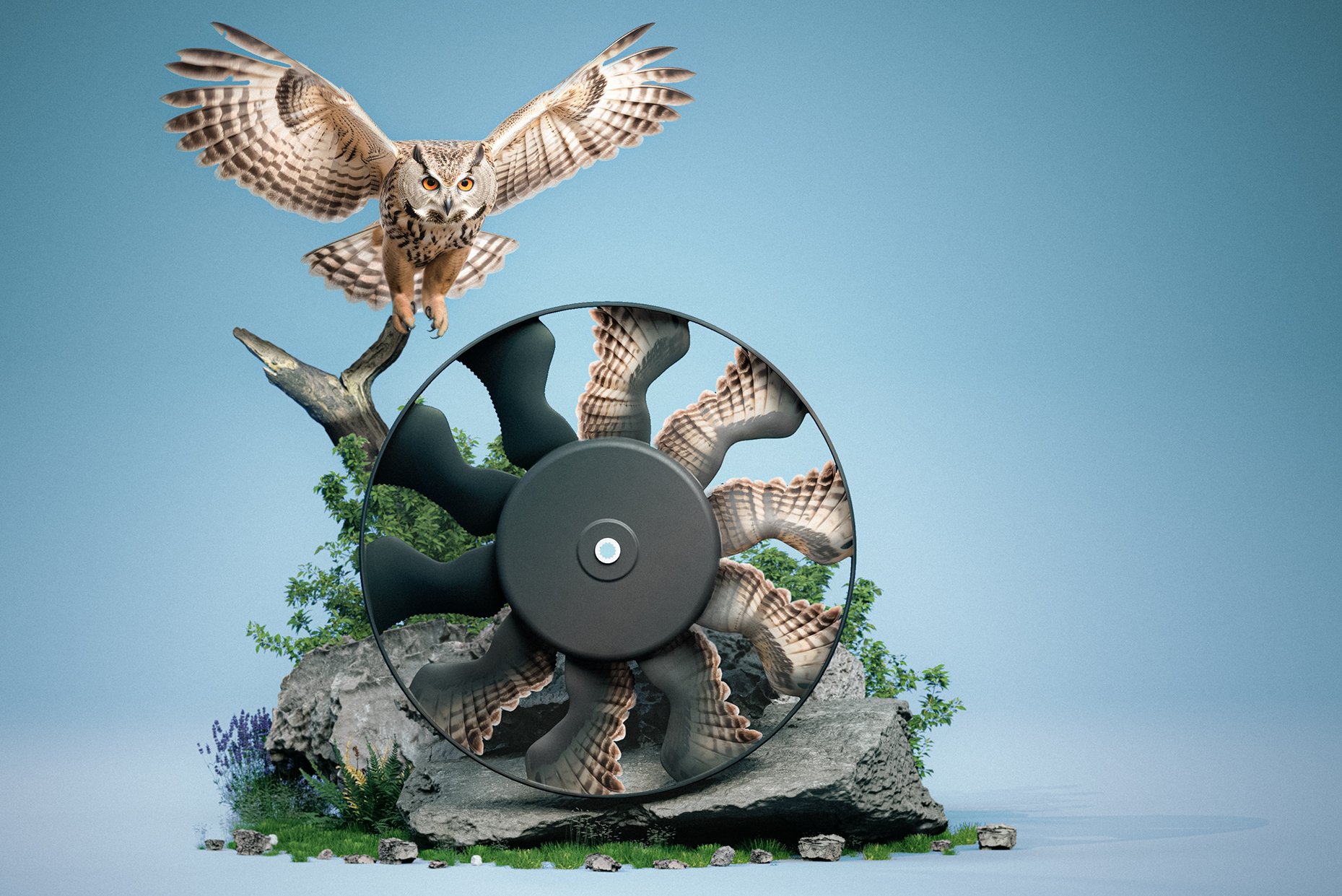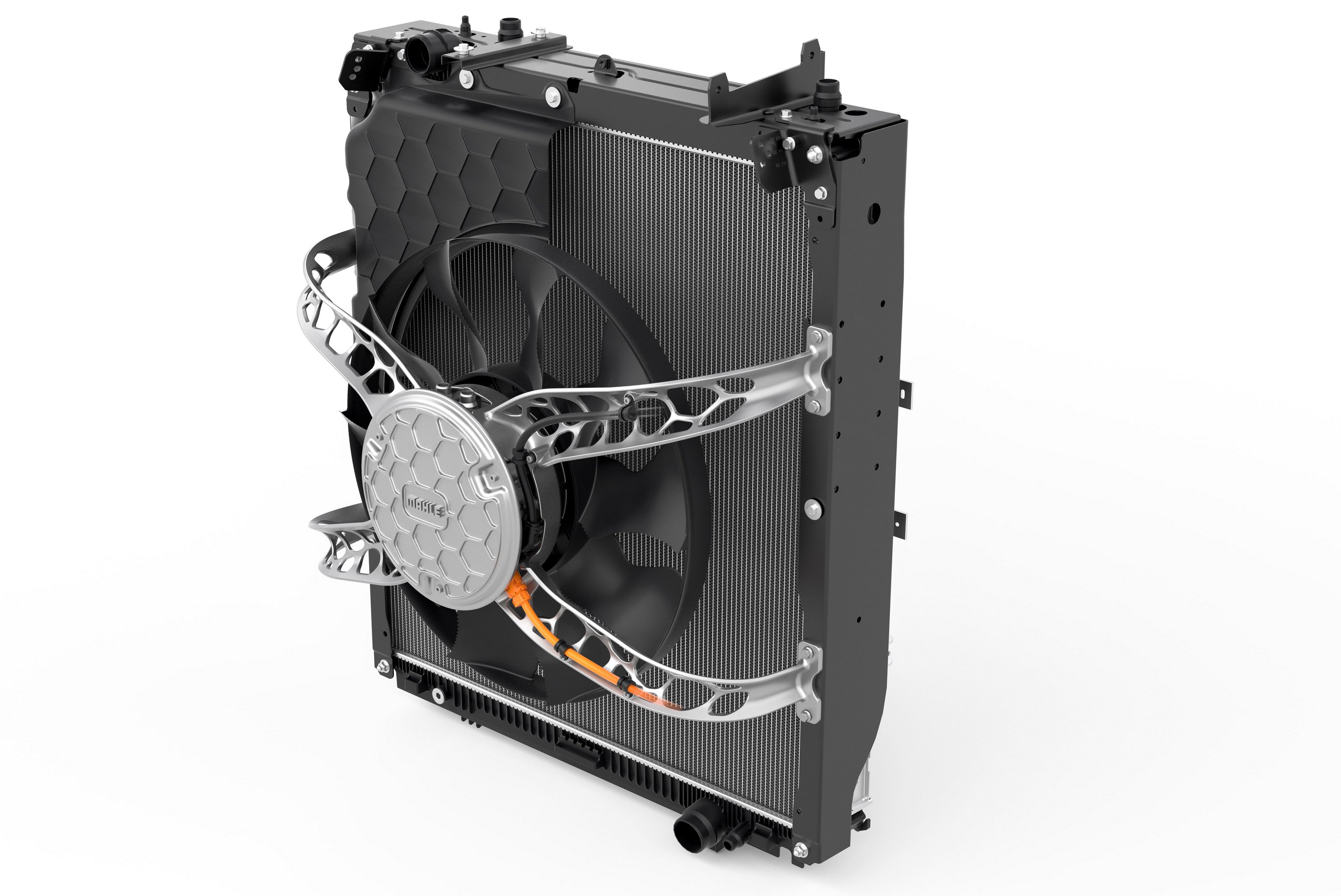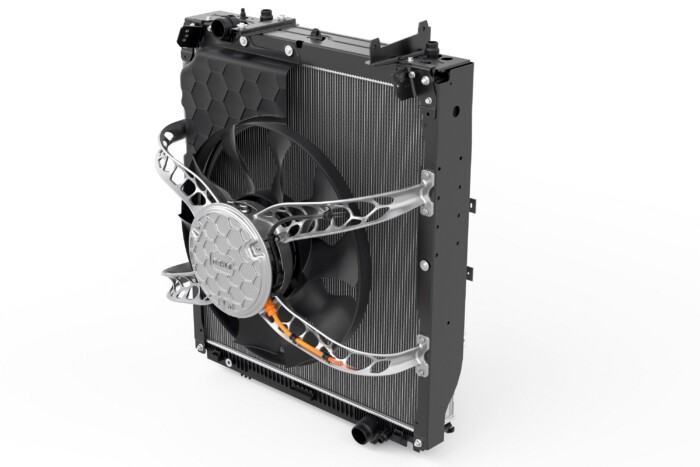In the summer heat, the hum of the car's cooling fan is particularly noticeable, and if it is an electric car, where the electric motor makes no noise during idling or running, it is very annoying that the rotating blades disturb the noise culture of the car. Otherwise, the vehicle is quiet.
In the case of electric cars, the problem is exacerbated by high-performance fast charging, because it requires continuous cooling of the battery, i.e. intensive operation of the cooling system.
That's what he thought. Mahli They are also an automotive supplier, so they started developing an ultra-quiet cooling fan for battery electric and hydrogen fuel cell electric vehicles – also for passenger cars, but primarily for commercial vehicles.
As in many other similar cases, nature provided the solution. They used artificial intelligence to analyze different animals, from bats to swordfish. In the end, the owl turned out to be the winner: its wingbeats are particularly quiet, which – as the researchers discovered – Because of the special wing feathersFrom there, it was “just” one step to use AI again to copy Uhu’s wing and use the resulting profile to create rotor blades.
The electronic fan has been proven to be 4dB quieter than conventional systems, and less than half as loud.
On the one hand, this reduces the noise load on the environment, but it also does much more: since the loud operation is caused by air resistance (air vortices are created), it consumes additional energy. According to Mahle's calculations, the use of the Owl's wing blades results in a 10 percent better efficiency, and thanks to the special geometry, its structural strength is also greater, i.e. it can be made with less material: the Owl's propeller is about 10 percent lighter than a conventional one.
At the end of September this year, the company will present its world premiere development at the Commercial Vehicles Show in Hanover.








































